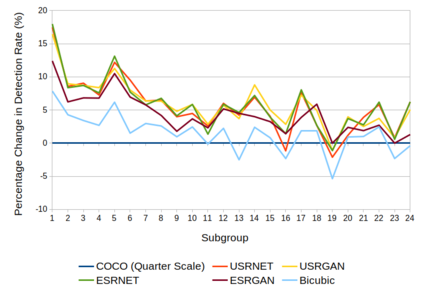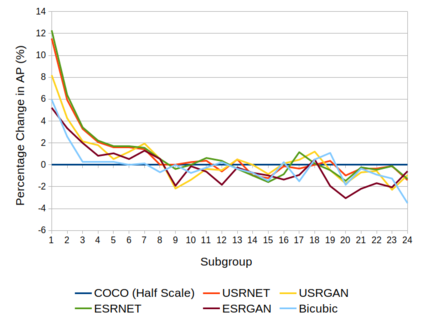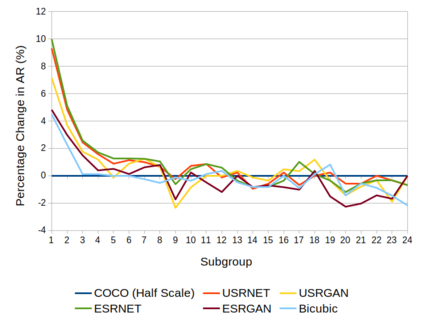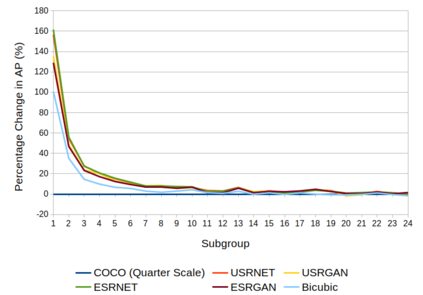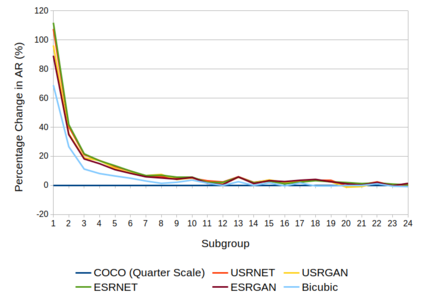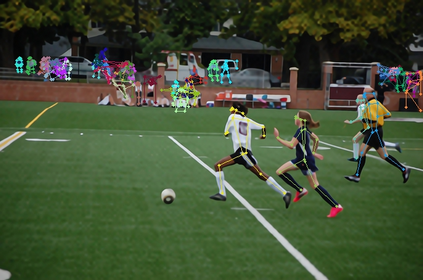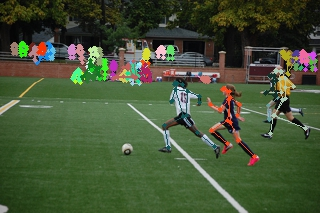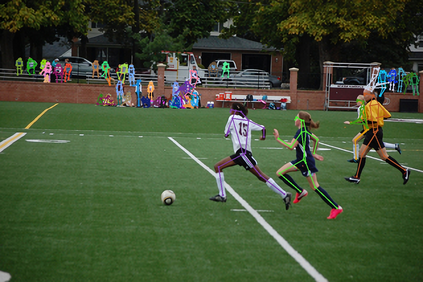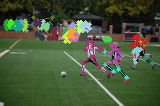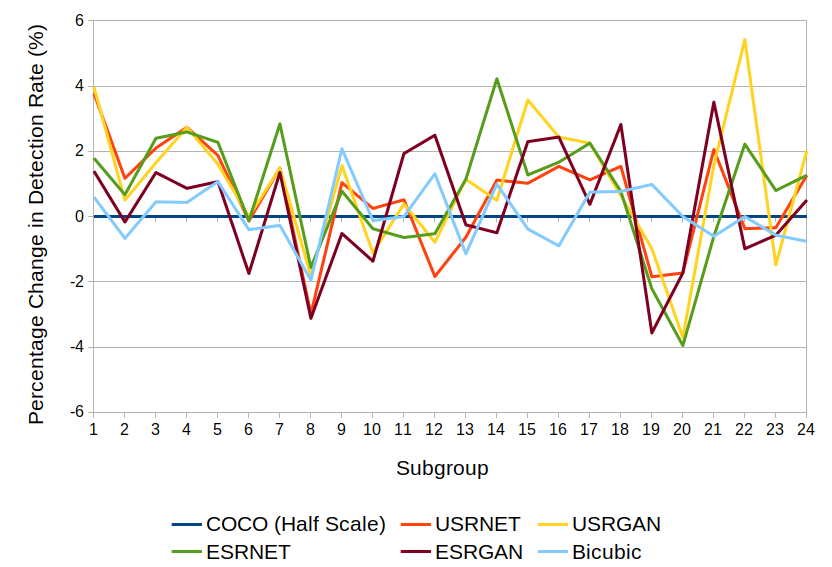The results obtained from state of the art human pose estimation (HPE) models degrade rapidly when evaluating people of a low resolution, but can super resolution (SR) be used to help mitigate this effect? By using various SR approaches we enhanced two low resolution datasets and evaluated the change in performance of both an object and keypoint detector as well as end-to-end HPE results. We remark the following observations. First we find that for low resolution people their keypoint detection performance improved once SR was applied. Second, the keypoint detection performance gained is dependent on the persons initial resolution (segmentation area in pixels) in the original image; keypoint detection performance was improved when SR was applied to people with a small initial segmentation area, but degrades as this becomes larger. To address this we introduced a novel Mask-RCNN approach, utilising a segmentation area threshold to decide when to use SR during the keypoint detection step. This approach achieved the best results for each of our HPE performance metrics.
翻译:使用各种甚高分辨率方法,我们提升了两个低分辨率数据集,并评估了对象和关键点检测器的性能变化以及高分辨率终端到终端的结果。我们指出以下意见。首先,我们发现,对于低分辨率人群,在应用了SR后,其关键点检测性能提高了。第二,获得的关键点检测性能取决于原始图像中的初始分辨率(像素区块);当将关键点检测性能应用到初始分块区块的人时,关键点检测性能得到了改进,但随着这一作用的扩大而降低。为了解决这一问题,我们采用了一个新的Mask-RCNN方针,使用一个截断区阈值来决定在关键点检测阶段何时使用SR。这一方针使我们的每个高分辨率指标都取得了最佳结果。


